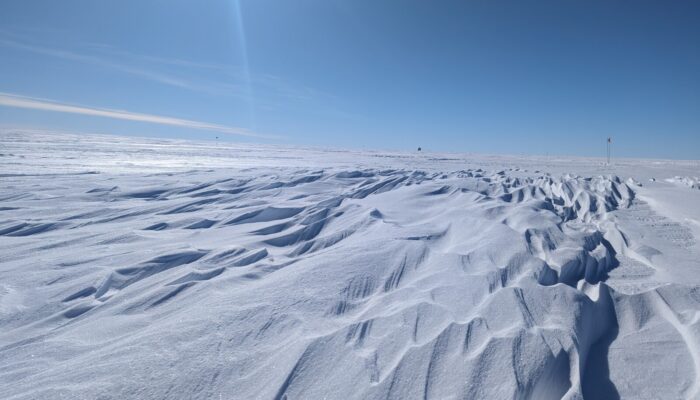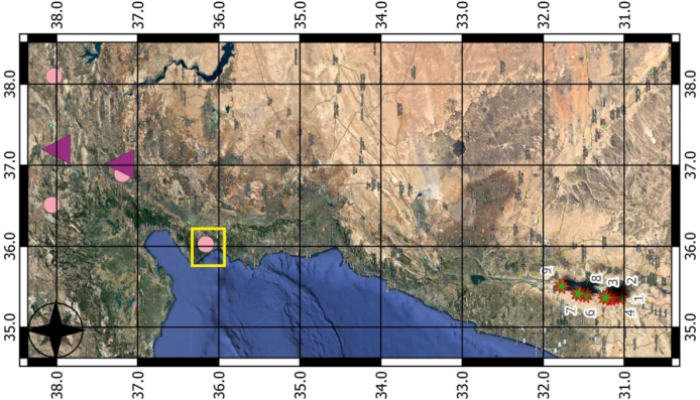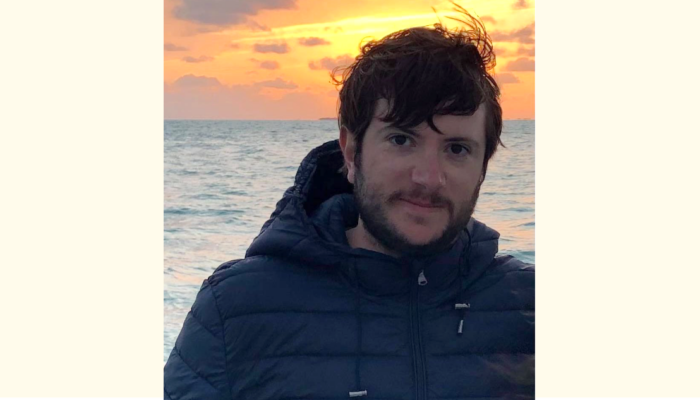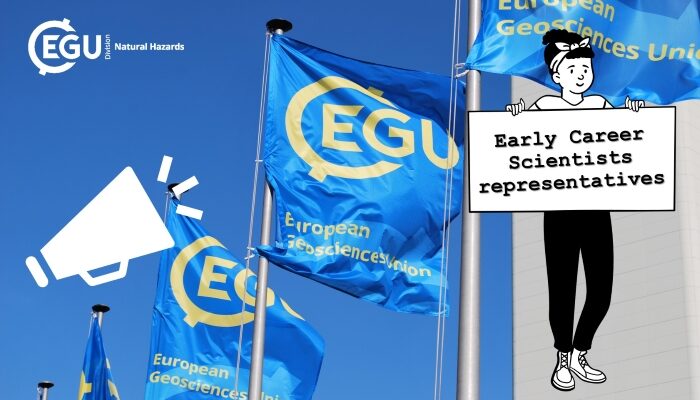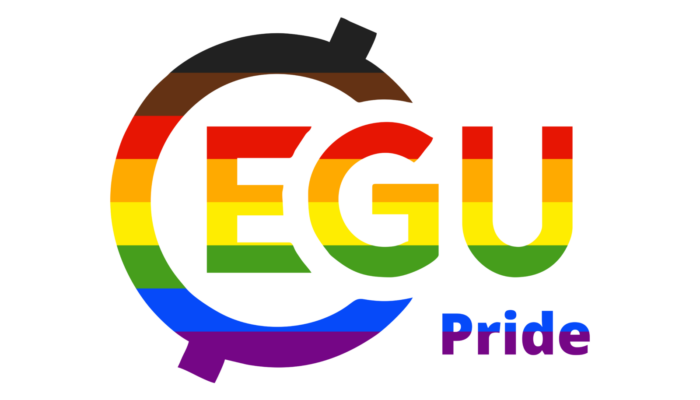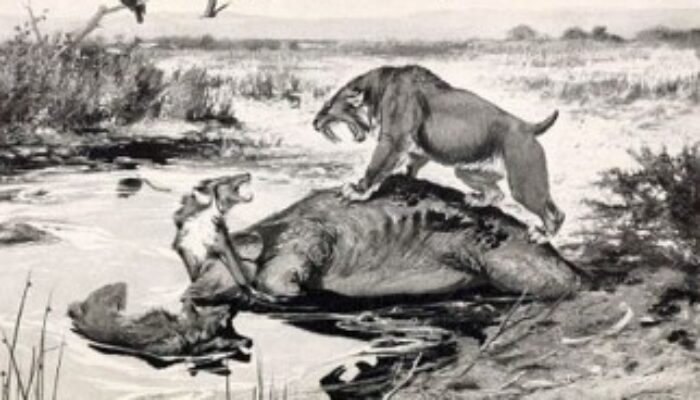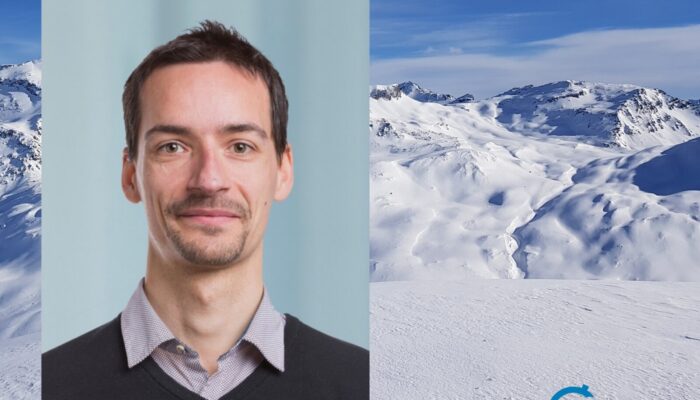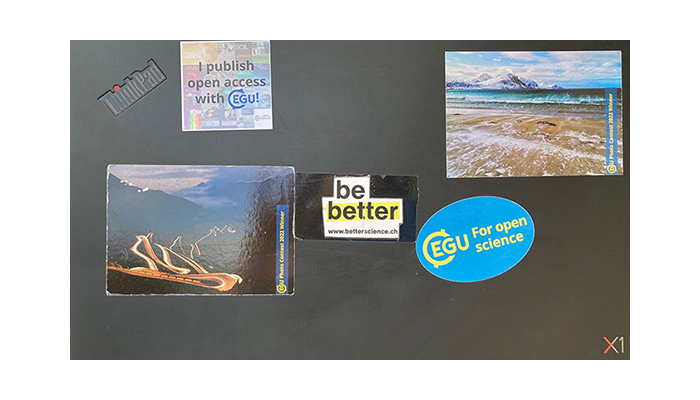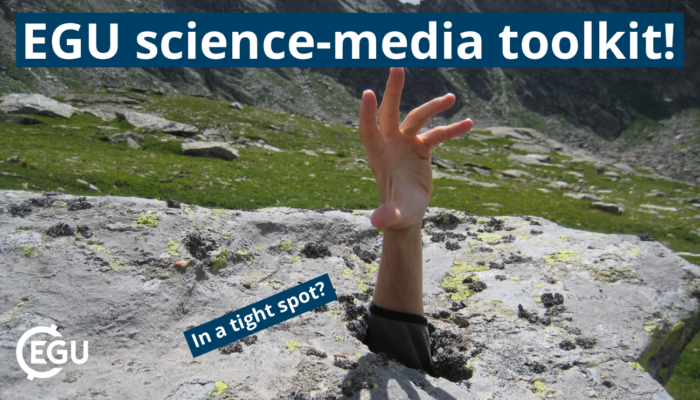Sastrugi are significant features in glaciology, providing valuable insights into wind patterns, snow dynamics, and surface processes. So although at first sight they may be easy to walk over (quite literally), their patterns and features can tell us more than you might think, so next time take a moment to look and see the story they have to tell… The Song of Sastrugi The wind’s icy b ...[Read More]
If you didn't find what you was looking for try searching again.
Geodynamics
FEMR: An emerging “game changer” in predicting earthquakes and impending geohazards.
In this week’s blog, Shreeja Das, a Post Doctoral researcher at the Sami Shamoon College of Engineering, Ashdod, Israel working with Dr. Vladimir Frid, discusses her research involving the use of FEMR waves and its use as a tool in predicting impending geohazards , some of her results obtained using said technique to study transform fault activity along the Dead Sea Transform fault. Earthqu ...[Read More]
GeoLog
GeoTalk: meet Alessandro Silvano, winner of the 2024 Ocean Sciences Division Outstanding ECS Award!
Hello Alessandro. Thank you for joining me for this edition GeoTalk! Could you tell our readers about your background before we dive in? I am an oceanographer based at the University of Southampton (UK). I am interested in polar oceanography and ice-ocean interactions. The focus of my work is to understand the processes that control ocean heat transport toward rapidly-melting Antarctic glaciers. ...[Read More]
Natural Hazards
Meet the EGU Natural Hazards Division Early Career Scientists representatives
The European Geosciences Union (EGU) Natural Hazards Division is pivotal in supporting the growth of early career researchers, giving them a platform to share their work and ideas, enhancing networking opportunities and contributing to career development. So, are you reading this post and wondering who gives a voice to early career scientists in the Natural Hazards space? The EGU Natural Hazards D ...[Read More]
GeoLog
EGU’s Pride: Insights into our EDI’s committee’s initiatives
The Equality, Diversity, and Inclusion (EDI) Committee at the European Geosciences Union (EGU) is dedicated to promoting a vision of equality, diversity, and inclusion through an integrated, coordinated, and constructive approach. Their mission includes raising awareness of EDI values within the scientific community, organizing sessions and meetings focused on EDI issues, representing EGU in relev ...[Read More]
Stratigraphy, Sedimentology and Palaeontology
A Story of Fertilizer and the Colour Purple
Introduction It is sometimes difficult to admit that you are (officially) a nerd, but I have a confession to make. I have collected dinosaurs on stamps for the last thirty years. Over 10,000 of these stamps have been issued across the world, and the vast majority of these issues are in my collection. One question that I am often asked is when the first dinosaur stamp was issued, which turns out to ...[Read More]
Hydrological Sciences
HydroData Chronicles: A global precipitation climatology toolbox and database
Welcome back to the HydroData Chronicles, where we uncover the hidden stories within hydrological data! In our last post, we explored a novel high-resolution, 40-year rainfall dataset covering the Contiguous United States (CONUS), developed developed by Emmanouil et al. in 2021. This time, we dive into the world of precipitation datasets with a promising new tool: the pRecipe package developed by ...[Read More]
Cryospheric Sciences
Cryoscientist life stories – an interview with our incoming deputy division president, Daniel Farinotti
We would like to introduce Daniel Farinotti to you, our Cryosphere Division incoming deputy president, who will take over as division president from 2025-2027. For that, our Cryosphere Division outreach officer, Larissa van der Laan, interviewed Daniel at the EGU General Assembly in April 2024, to ask him a few questions about himself and his view of this exciting role within the EGU. Larissa: Hi ...[Read More]
Hydrological Sciences
Public engagement in science: how to position ourselves?
The recent student protests against the war in Gaza reminded all of us that being a member of the academic community requires us to reflect upon our role in society. In Switzerland, the university occupations (see SwissInfo) led to several open letter-type reactions from academic staff, either supporting the protests or on the contrary, recalling that scientists should abstain from activism. This ...[Read More]
GeoLog
The EGU Science-Media Toolkit: your guide to overcoming science communication limbo!
Your research deserves recognition beyond your peer-reviewed paper. While academia is often considered the hallmark for knowledge generation, the dissemination of your work should take further steps so that your scientific research can reach the people it is meant to help. Because your audience may not always be experts in your field and may require simplified explanations of your science, EGU is ...[Read More]

